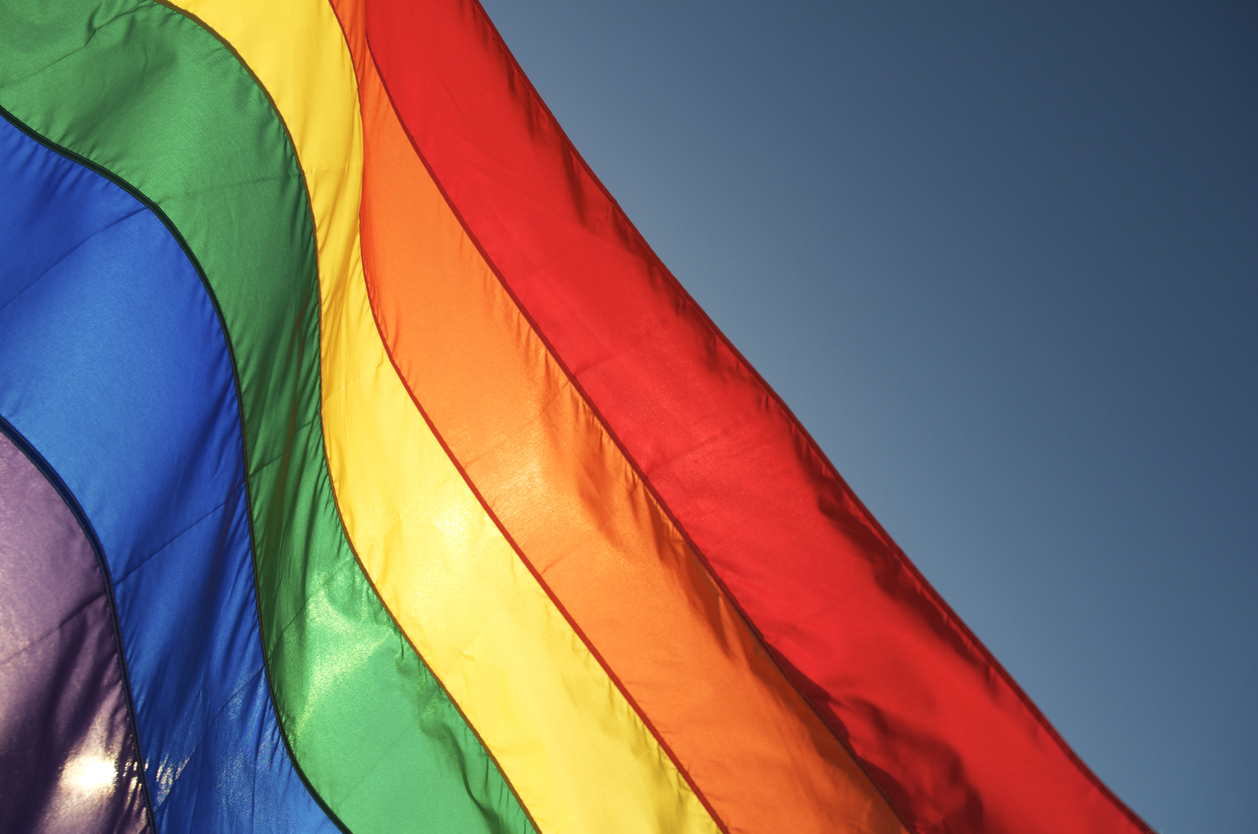How organizations should navigate the LGBTQ state of emergency
This moment is fraught. You must rise to meet it.

Robert Conner (he/him) is an activist and expert in LGBTQ communications and media who was named by Business Insider magazine as a top rising star in public relations in 2023. He works as the media relations manager at Scott Circle Communications, a public relations firm in Washington, D.C.
Last week’s declaration of an LGBTQ state of emergency by the Human Rights Campaign (HRC) confirmed what most LGBTQ people in the U.S. already know: we’re being attacked. While countless companies have published their “ We’re Celebrating Pride” posts, virtually none have issued a statement addressing this state of emergency. The HRC’s warning—the first of its kind in the organization’s 40-year history—comes as a record-high 75 anti-LGBTQ bills have been signed into law this year. As an LGBTQ activist, I feel unsafe. In this climate, how organizations communicate matters now more than ever.
Organizations must take a stand
A new, somber era is here, and communicators must respond accordingly. How you communicated about LGBTQ topics before the emergency declaration is outdated. This climate of oppression requires an overhauling of the communications landscape. Silence or neutrality is no longer an option.
Messages and actions must not create harm and violence
Communicating messages that don’t overtly support LGBTQ lives directly causes harm. About two in three LGBTQ youth report that hearing about anti-LGBTQ legislation “made their mental health a lot worse,” according to The Trevor Project. 70% of non-LGBTQ adults feel companies should publicly support the LGBTQ community “through hiring practices, advertising, and/or sponsorships,” reports GLAAD’s 2023 Accelerating Acceptance survey. When Target recently removed some Pride merchandise, they took down clothes that had conveyed acceptance and hope. This decision sent a message that feeds anti-LGBTQ violence.
Where to start
As a starting point, it is critical that you now publicly address the emergency: acknowledge its seriousness, address its implications for LGBTQ employees and customers, and outline your action plan. Here are the ways to get this right:
Three messages to deliver urgently, following the declaration of the LGBTQ State of Emergency
1. Issue a public statement taking a clear and inclusive stand for employees and customers.
In this initial statement, which you should issue as soon as possible, acknowledge the seriousness and unprecedented nature of the LGBTQ state of emergency. LGBTQ people are nine times more likely than non-LGBTQ people to experience violent hate. Show empathy by explaining that your organization recognizes that the declaration may be new, but the violence has been around forever and has worsened in recent months. Because the state of emergency may trigger anxiety or confusion, explain what options exist to help answer questions and list available resources prioritizing safety and well-being.
2. React to legal decisions directly affecting LGBTQ rights.
The U.S. Supreme Court will issue an opinion, likely by July 2023, on whether a business can deny services to LGBTQ customers based on the First Amendment. Communicate that regardless of the Court’s decision, your company will never deny services to LGBTQ customers. Commit to tracking this case in real-time and provide timely public updates.
Go further and state that you refuse to work with vendors that deny services to LGBTQ customers. Aside from this SCOTUS case, the ACLU updates a weekly map of anti-LGBTQ bills in state legislatures. Stay on top of bills that impact your employees and consumers, and issue updates regularly.
3. Distribute an “emergency” manifesto detailing your organization’s action plans and path forward.
Put words into action. The emergency has been declared. Now what? A manifesto should spell out concrete next steps for employees and customers to be protected and valued. This should be distributed through internal channels, social media, and any public-facing outlets. Share new resources: due to the emergency, the HRC created a digital guidebook with health and safety tips and a summary of state-by-state laws.
Almost half of LGBTQ workers have experienced unfair treatment in their careers. Implement protocols for staff and customers to report threats to LGBTQ safety, including harmful language. This is critical for employees on job sites, customers patronizing businesses, and even in digital spaces. Organizations must double down on their non-tolerance of discrimination. Be clear that anti-LGBTQ behavior will have consequences.
In all communications in this new era, pledge to follow through. One-time statements appear shallow. Consistently monitor threats to LGBTQ safety and provide timely updates. Proactively ask LGBTQ employees and customers how they feel, seek feedback on how your organization can improve LGBTQ safety, and train supervisors to spot and prevent violence. The Society for Human Resource Management (SHRM) publishes a Workplace Inclusion for LGBTQ+ Employees toolkit, and the HRC provides a Trans Toolkit for Employers. Lastly, beyond June’s Pride month, your new manifesto should outline plans to celebrate LGBTQ people year-round with Lesbian Visibility Day (April 26), LGBTQ History Month (October), National Coming Out Day (October 11), the Transgender Day of Remembrance (November 20), and many other observances.
Be an ally and a leader
Messages can either hurt or help LGBTQ people. Stop evergreen messaging and deploy powerful, constructive statements. In the aftermath of the LGBTQ state of emergency declaration, be an ally and a leader. Use communications tools to help your organization help LGBTQ people.






